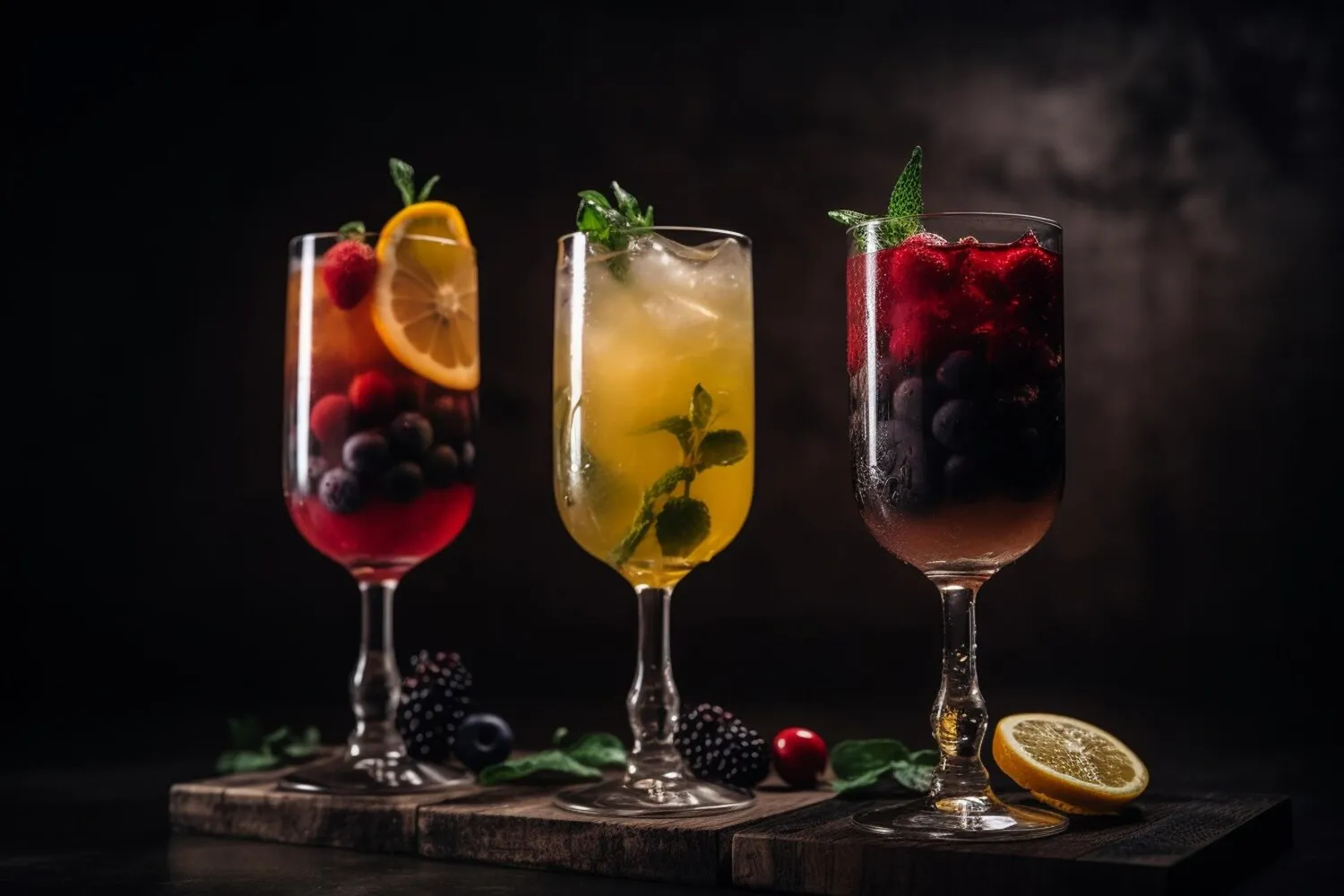
Caipirinha
A classic Brazilian cocktail. Frequently mentioned in positive reviews as well-made at this establishment.
Nutrition Facts
* The % Daily Value (DV) tells you how much a nutrient in a serving of food contributes to a daily diet. 2,000 calories a day is used for general nutrition advice.
Bistrô Piano Bar
The Caipirinha's exact origins are somewhat debated, but it's widely believed to have emerged in the São Paulo region of Brazil, likely during the early 20th century. One common theory suggests it originated as a remedy for the Spanish flu, using ingredients like lime, honey, and garlic, with cachaça later replacing the honey and garlic. Another theory proposes it was a modified version of a popular drink consumed by wealthy landowners, who used higher-quality cachaça and lime in their preparations.
The Caipirinha is more than just a cocktail in Brazil; it's a symbol of Brazilian hospitality, celebration, and national identity. It's a social drink, commonly enjoyed at gatherings, barbecues (churrascos), and beach outings.
National Drink
The Caipirinha is considered Brazil's national cocktail, representing Brazilian culture and traditions globally.
Social Gathering Staple
It's a common sight at parties, beaches, and casual get-togethers, fostering a relaxed and convivial atmosphere.
Regional Variations
While the classic recipe remains standard, regional variations exist, often incorporating local fruits to create unique flavor combinations.
The Caipirinha delivers a refreshing and balanced flavor profile, characterized by the interplay of sweetness, tartness, and the distinctive taste of cachaça.
The predominant flavor is a zesty lime tartness, softened by the addition of sugar, which also contributes sweetness. Cachaça, the spirit distilled from sugarcane juice, adds a complex, slightly grassy, and subtly fruity backbone. The muddling process releases essential oils from the lime peel, adding aromatic complexity. A well-made Caipirinha should not be overly sweet; the sugar should merely balance the lime's acidity, allowing the cachaça's character to shine through.
Choosing Cachaça
Select a high-quality cachaça. Artisanal cachaças often offer a more complex and nuanced flavor profile than mass-produced brands. Look for cachaças labeled 'artesanal' or 'premium'.
Lime Preparation
Use fresh, firm limes. Avoid limes that are overly ripe or have a bitter taste. Cut the lime into wedges and remove the central white pith, as it can impart bitterness to the drink.
Muddling Technique
Muddle the lime and sugar gently. Over-muddling can release too much bitterness from the lime peel. Aim for a gentle pressing to extract the juice and oils without shredding the rind.
Sugar Selection
Granulated sugar is most common, but some prefer using superfine sugar (caster sugar) or even liquid sugar (simple syrup) for easier dissolving.
Ice Matters
Use crushed ice or small ice cubes to properly chill and dilute the drink.
Explore additional Cocktail dishes and restaurants
Explore CocktailDiscover top dining spots and culinary experiences in Cascavel.
Explore CascavelLearn more about the food culture, restaurant scene, and culinary heritage of Brazil.
Explore Brazil